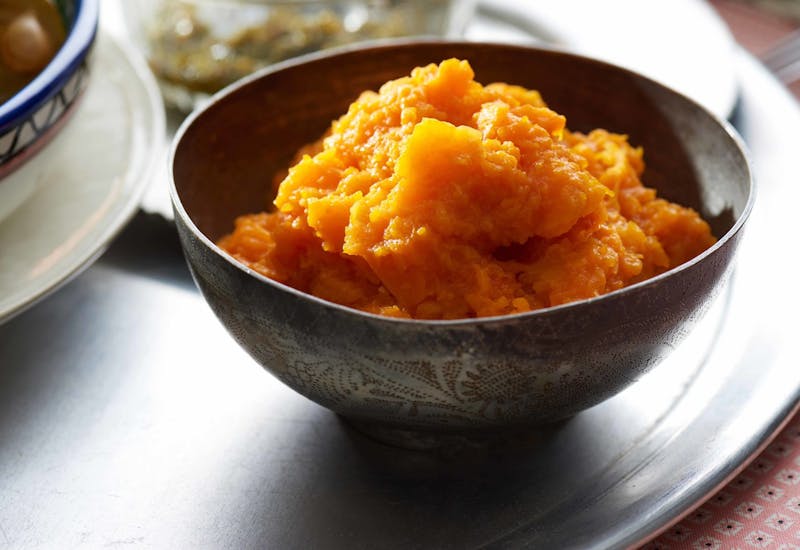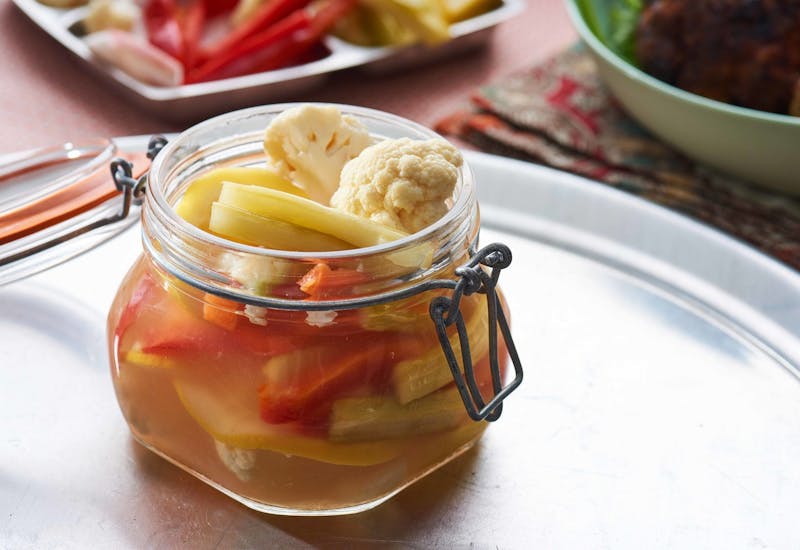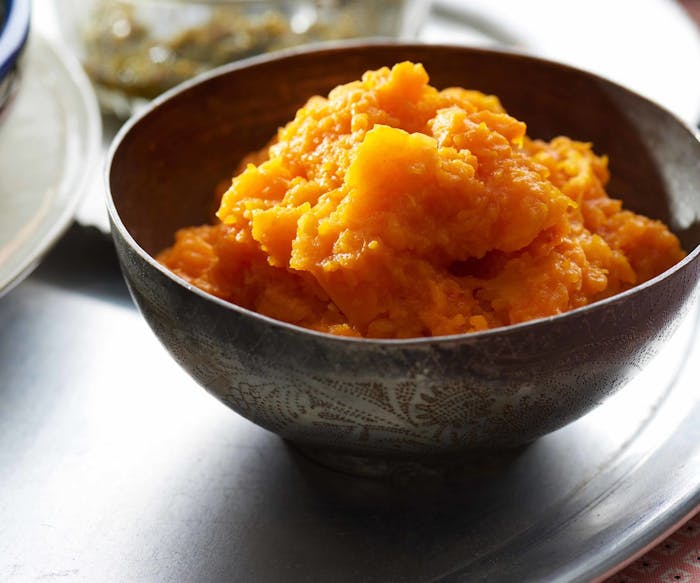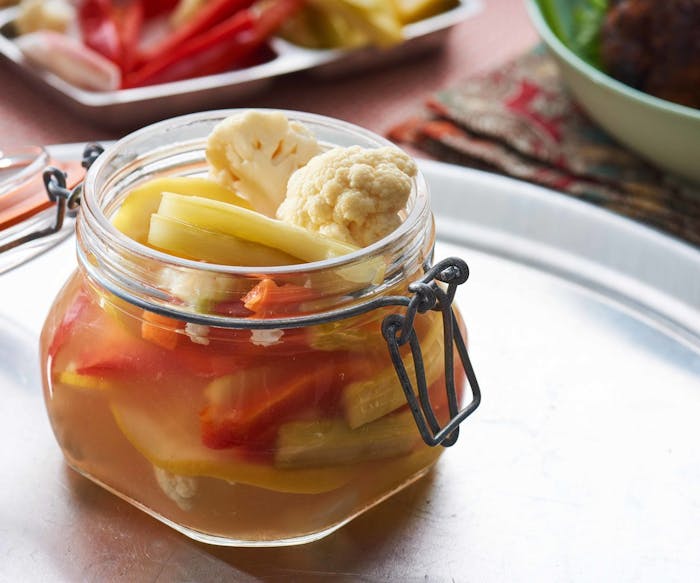When Tsivia Tobi was a young girl in Gabes, a town along Tunisia’s coast, the tradition was to prepare couscous every Tuesday and on Fridays, to eat on Shabbat. In her family home, couscous was topped with soup, meat and potato patties, stewed pumpkin and served with pickled vegetables or turshi on the side for everyone to add to their liking.
Tsivia was only seven-years-old the first time she made couscous on her own. Her cousin tragically died in 1949 when a plane of young olim (immigrants to Israel) from Tunisia crashed. Tsivia’s mother Varda (or Warda in Arabic) left the country to collect the body of her nephew. The task of making the couscous fell to Tsivia. She set out for the butcher and recreated her mother’s recipe for Shabbat dinner.
A year later, when the family of six moved to Israel, the Shabbat tradition came with them. Placed into an absorption center, they lived with other immigrants in tents and huts in camps where food was distributed through a ticketed ration system. The nascent years of the country were austere and Tsivia recalls a Shabbat when there was no semolina to make the couscous. Improvising, Varda took pasta and ground it in a mortar and pestle to make a facsimile of couscous for the base of the meal.
Other recipes from Tunisia were bent and adapted somewhat to fit their new home. At times, Varda substituted different types of fish for one another, but Tsivia’s daughter Renana explains “with time, my grandmother found most of what she needed.” Varda passed down the recipes to Tsivia in Judeo-Arabic, a language much like Yiddish or Ladino that blends Hebrew with the local language of where Jewish families settled in North Africa and the Middle East.
After college, Tsivia worked as a middle school teacher, expanding her cooking repertoire when she married a man whose family had Yemenite roots. Her mother-in-law taught her to make Yemenite soup and a flatbread called saluf.
But, it was the Judeo-Arabic of her mother that helped her open doors to homes and kitchens across Israel. She returned to school when Renana and her siblings were adults, pursuing a PhD in anthropology. For her doctorate research, she traveled to moshavs (small agricultural villages) in the south of Israel speaking with women in Judeo-Arabic about their life. Her book “From Bride to Mother-in-Law,” helps capture the traditions of these women with chapters on clothes, jewelry, and cooking.
Today, she continues to make the Shabbat spread with meat and stewed pumpkin, though she prefers to replace the semolina couscous with bulgar wheat. She makes it when Renana and her family come to visit from the U.S. Like her grandmother, Renana traveled with the recipe, preparing the dish in her home in suburban New York, using packaged couscous, which cuts down the cooking time. She explains: “When I make it for my family, the minute the cilantro leaves hit the bottom of the pot, and start spreading their aroma, I think of both my mother and grandmother. I feel that I am continuing this wonderful legacy.”




